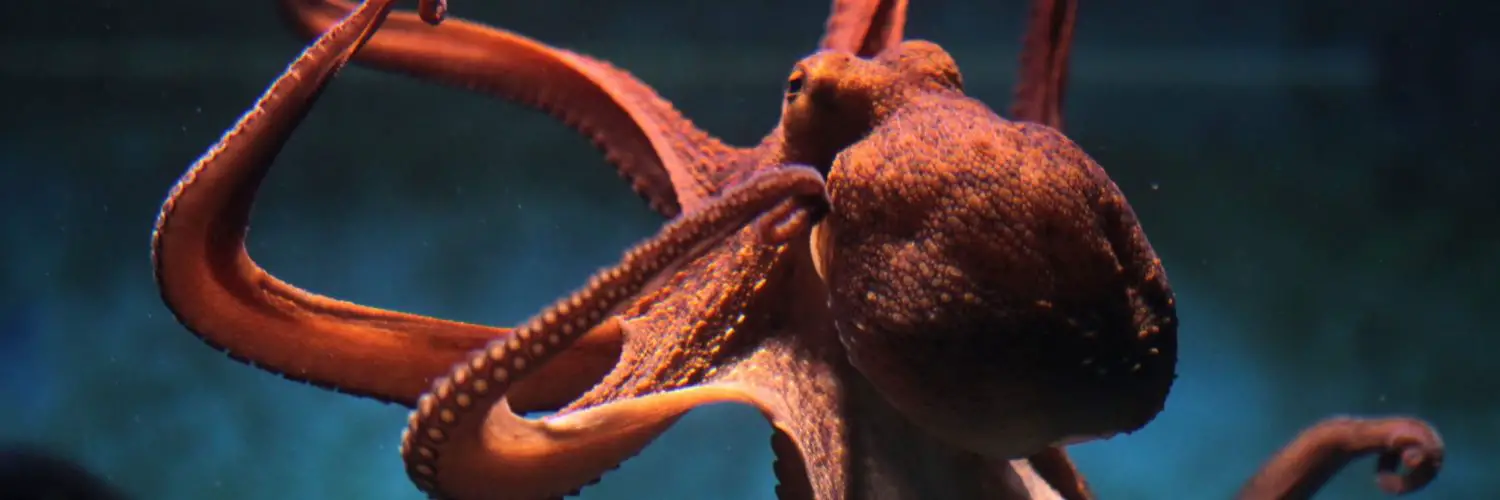Octopuses are fascinating under-water creatures. These monsters are too cute when you observe them floating in the waters. Although they may creep you at first, the fact that they are so interesting will make you read more about them.
These intelligent cephalopods lurk in the Ocean’s darkest corners, but they are full of incredible features that will make your jaw drop right away.
Facts About Octopuses You Wish You Knew Before
1 . Their blood is blue
Due to the low water temperatures and survival problems, Octopuses evolved copper blood which turns their blood blue. That is why it helps them to survive appropriately underwater. However, the blue blood also results in their sensitivity in acidity. What is worse is that the regular climate changes make it all the more difficult for Octopuses to evolve their blood and thrive without any hindrance underwater.
2 . They have not one but three hearts
Unlike humans, Octopuses have three different hearts that provide other functions for their survival underwater. Two of their hearts are involved in the movement of blood. The third helps in the circulation flowing for the organs. What is even more astounding is that their hearts stop beating when they begin to swim. That is why they get exhausted quickly. We wonder how difficult it must be for them!
3 . They are ancient creatures
If you thought that Octopuses have come into being this year or maybe ten years ago, you are wrong. To your horror, they have been in existence ever since the pre-dinosaur age. Yes, these creepy creatures had made their way into the world long before our great-great-great-great grandfathers even walked into their mother’s womb. Fascinating, isn’t it? Researchers prove that one of the Octopus fossils that belongs to the Carboniferous period is 296 million years ago. Can you believe it?
4 . Their arms have a mind as well
Female octopuses have a fascinating ability to control their arms separately from their bodies. This allows them to feel pain and react quickly to injuries. These intelligent creatures also use their arms to strategize and catch delicious shellfish and other sea creatures. Octopuses, known for their eight arms, are among the most intriguing species in the ocean. They have unique blood, skin, and tentacles that help them thrive in their deep-sea habitats.
Here are some fun facts: octopuses can lay thousands of eggs that hatch after a few months, they have a remarkable ability to squeeze through tight spaces due to their flexible bodies, and they use their strong arms to defend against predators. These incredible animals have adapted to survive in various water temperatures and can be found in oceans worldwide.
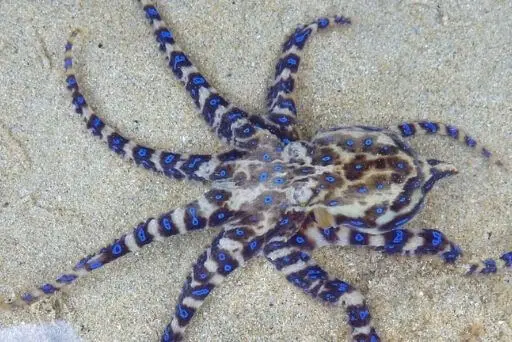
5 . They can be dangerous.
Octopuses generally are deadly creatures. One of the deadliest Octopuses is the blue-ringed one that you can find in Australia. These are the world’s most evil creatures with 5-to-8-inch sizes. They can kill 26 adult humans at a time that makes them hazardous for humans in no time.
6 . Females can lay between 20,000 and 100,000 eggs
Octopuses are fascinating creatures. They have eight arms, nine brains, and incredible intelligence. Most octopus species are masterful at camouflage, changing their skin color and texture to blend into their surroundings. They are also skilled hunters, using their tentacles to catch prey. Octopuses have unique blood that contains copper, which gives it a blue color. Unlike other animals, they don’t have hard shells and rely on their flexibility to navigate the ocean depths.
The octopus is a symbol of adaptability and resourcefulness. With its eight-footed grace, it moves effortlessly through the water, evading predators and exploring the ocean floor. The survival of these incredible creatures is closely tied to the water temperature and the health of our oceans. Let’s appreciate and protect the wonders of the octopus and its fascinating world.
Female octopus, like the Giant Pacific Octopus, can lay anywhere between 20,000 to 100,000 eggs at a time. Imagining the world filling up with octopuses is not uncommon. Interestingly, these female octopuses are extremely protective of their eggs. They dedicate their entire lives to safeguarding them once they are laid. Typically, it takes five months for the eggs to hatch. Afterward, the female octopuses focus their energy on protecting and nurturing the baby octopuses until they mature.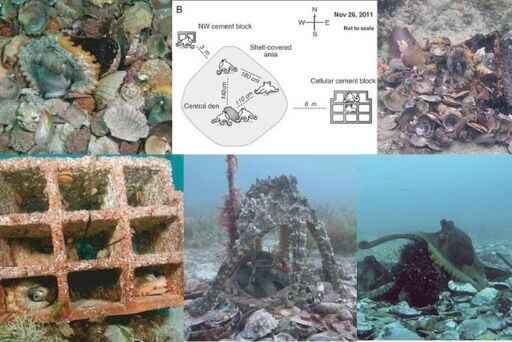
7 . They can build underwater cities
So, humans aren’t the only suitable architecture in the world. Sources claim that even Octopuses can build a whole underwater city for themselves. Scientists once found that 15 octopuses living together were communicating weirdly and exhibited complex social behaviors. Later it was understood that they were building their city called Octopolis. Well, we are genuinely impressed by these creepy creatures now.
8 . Their limbs can re-grow
Amidst all other fascinating facts about Octopuses, this one is the best. Sources have found out that Octopuses can re-grow their limbs. So, if they lose an arm, that won’t be a problem for them at all. They have an impeccable regenerative ability which helps them to make this happen without much effort.
9 . They are not dumb
Although Octopuses were earlier thought to be dumb, this is not the truth. But these intelligent creatures can also use tools with their hands. Sources observed many of them hoarding coconut shells in their hands.
Octopus Species
Octopus species, including deep sea octopus, are fascinating marine animals with unique adaptations. They have eight arms, blue blood, and the ability to squirt ink for defense. Female octopuses lay eggs that hatch, and baby octopuses can be as small as the size of a coconut shell. Octopuses have three hearts and are known for their intelligence and problem-solving skills. Some octopus species are fast swimmers and catch food, such as crabs, with their tentacles. They are predators with a diverse diet and can adapt to different water temperatures. Octopuses have a central brain and complex nervous system with octopus neurons.
Interestingly, they also have the ability to undergo cellular suicide, shedding damaged skin cells. Octopuses can be found in various marine habitats, including coral reefs, and they are known for their ability to camouflage and use tools. With their long arms and strong grip, octopuses can manipulate objects and explore their environment. Overall, octopuses are incredible creatures with fascinating facts and adaptations, making them one of the most intriguing marine species.
Here are some of the main species of octopuses:
1 . Common Octopus (Octopus vulgaris)
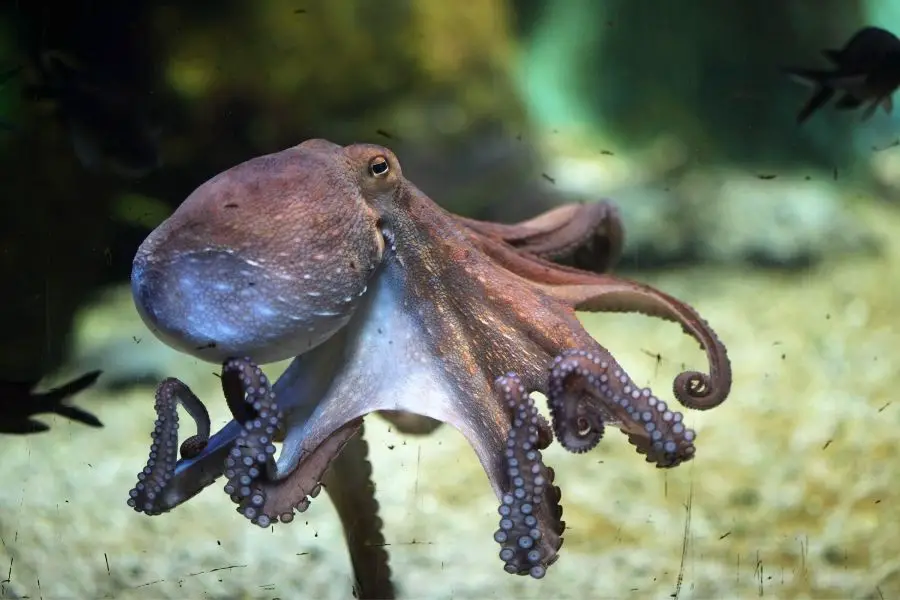
2 . Giant Pacific Octopus (Enteroctopus dofleini)
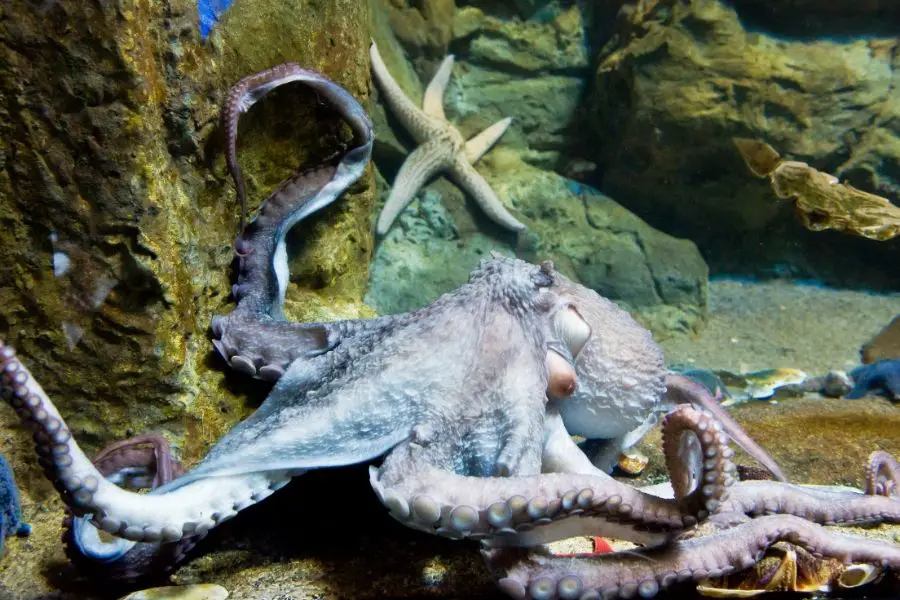
3 . Blue-Ringed Octopus (Hapalochlaena spp.)
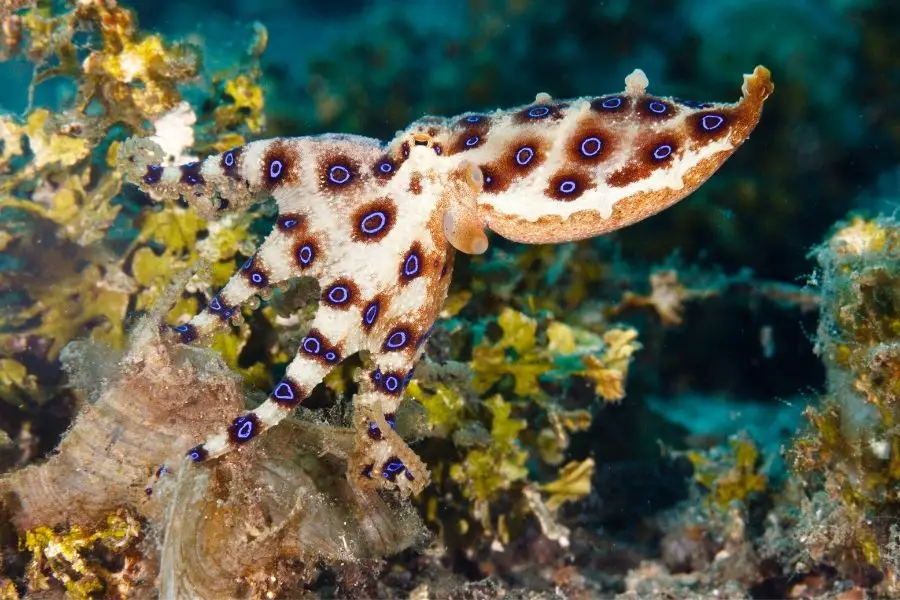
4 . Dumbo Octopus (Grimpoteuthis spp.)

5 . Mimic Octopus (Thaumoctopus mimicus)

6 . Coconut Octopus (Amphioctopus marginatus)
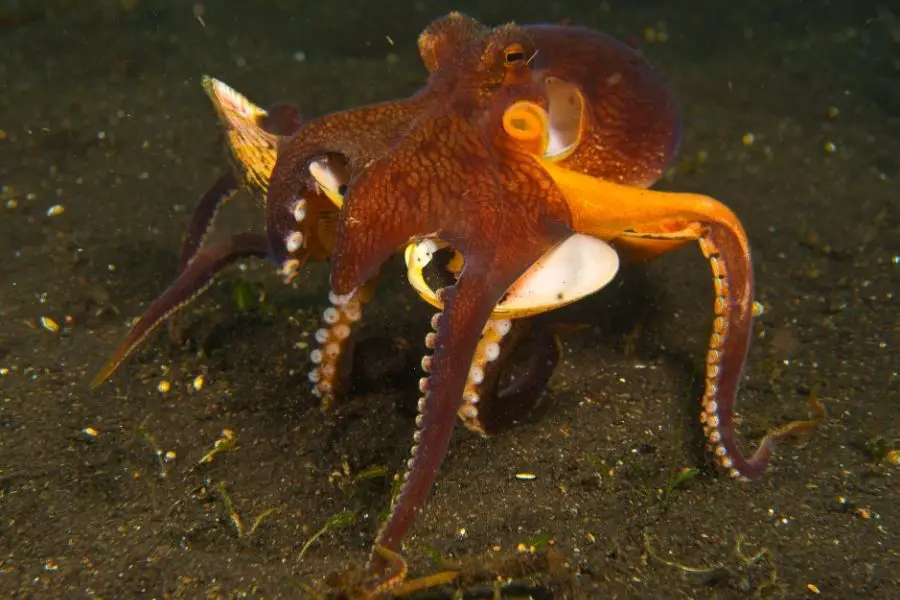
7 . Atlantic Pygmy Octopus (Octopus joubini)
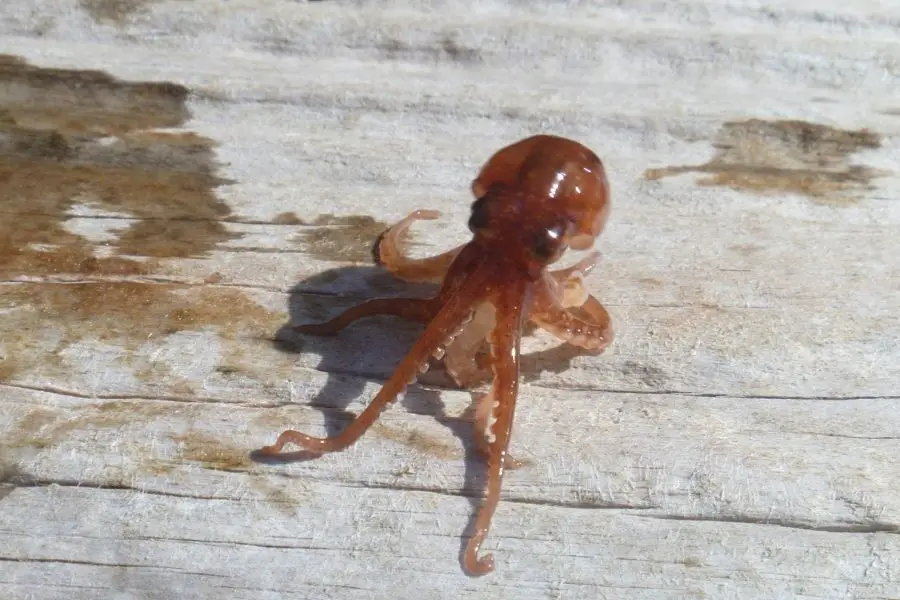
8 . Southern Blue-Ringed Octopus (Hapalochlaena maculosa)
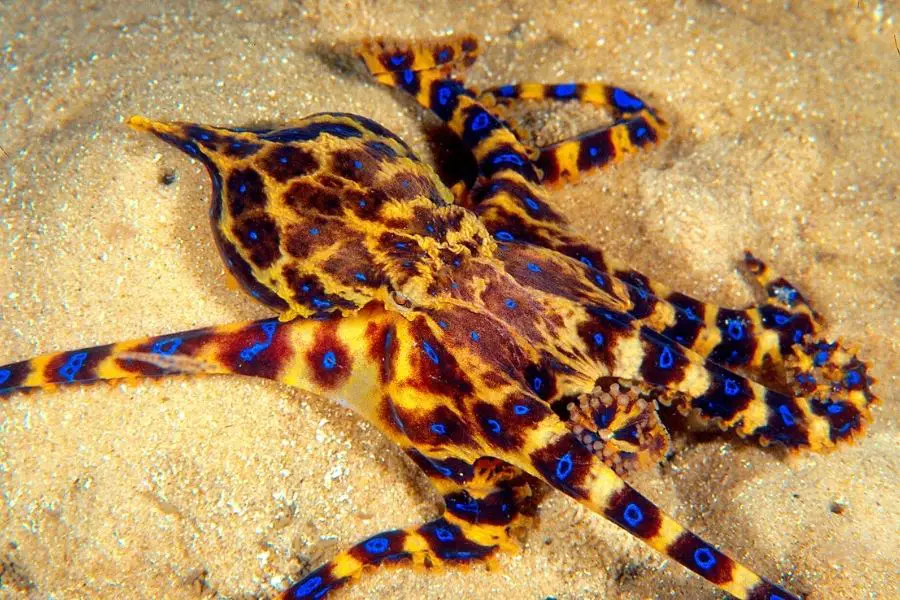
9 . East Pacific Red Octopus (Octopus rubescens)
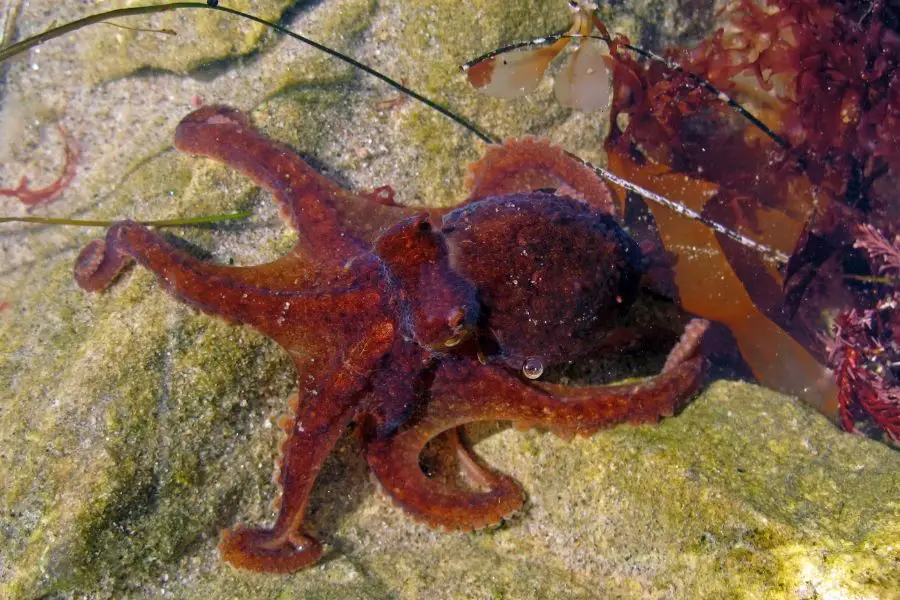
10 . Atlantic Longarm Octopus (Macrotritopus defilippi)
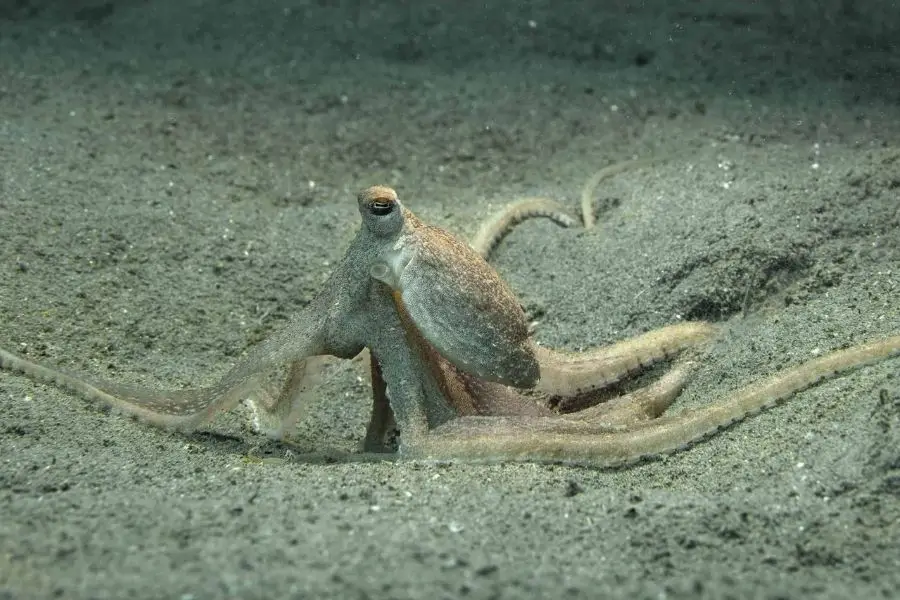
Please note that this list is not exhaustive, as there are many species of octopuses distributed across the world’s oceans.
The Bottom Line
Octopuses, members of the octopus species, are truly fascinating marine animals. With their eight tentacles and a massive set of other intriguing features, they are a sight to behold. Did you know that female octopuses lay eggs hatch the baby octopuses are on their own? It’s incredible how these deep-sea octopuses adapt to their environment. Octopuses have blue blood and can change the color and texture of octopus skin. They have a central brain and three hearts, allowing them to be fast swimmers and agile predators.
Here are some fun octopus facts: octopus es can squirt ink as a defense mechanism, their long arms help them catch food, and they can even open hard shells, like crabs, using their powerful tentacles. Octopuses are highly intelligent marine species, known for their problem-solving abilities and complex behaviors. They have specialized neurons in their arms, allowing them to sense and manipulate objects with precision.
Octopuses are found in various habitats, including coral reefs and the deep sea. They can adapt to different water temperatures and have been known to use coconut shells as protective shelters. It’s fascinating to learn about the incredible capabilities of these amazing creatures.

